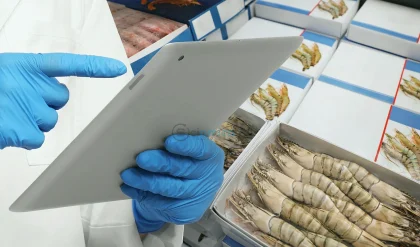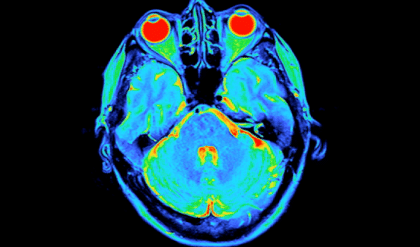
Researchers at the USC Leonard Davis School of Gerontology have unveiled a significant relationship between elevated iron levels in the brain and enhanced cellular damage in individuals suffering from both Down syndrome and Alzheimer’s disease. Their comprehensive study has revealed that brains of people diagnosed with Down syndrome and Alzheimer’s disease (DSAD) harbor twice as much iron and exhibit greater indications of oxidative damage in their cell membranes compared to those with only Alzheimer’s or individuals without either condition.
This groundbreaking study highlights a particular process of cellular death influenced by heightened iron levels in the brain, suggesting that this mechanism could elucidate why Alzheimer’s symptoms manifest earlier and with greater severity in those with Down syndrome. “This is a major clue that aids in our understanding of the unique and early changes observed in the brains of individuals with Down syndrome who develop Alzheimer’s,” stated Max Thorwald, the study’s lead author and a postdoctoral fellow in Professor Emeritus Caleb Finch’s laboratory at USC. He emphasized that while the link between Down syndrome and Alzheimer’s has long been recognized, the role of increased iron in exacerbating the condition is just now coming to light.
Down syndrome, a genetic condition arising from an extra third copy of chromosome 21, includes the gene responsible for amyloid precursor protein (APP), integral to producing amyloid-beta (Aβ). This sticky protein accumulates in the brains of Alzheimer’s disease patients, forming characteristic plaques. Individuals with Down syndrome typically produce more APP, as they have three copies of the gene, leading to a higher prevalence of Alzheimer’s disease by the age of 60—approximately 20 years earlier than the general population.
The research team conducted an analysis of donated brain tissue from patients with Alzheimer’s, DSAD, and individuals without any of these diagnoses, particularly focusing on the prefrontal cortex, an area integral to cognitive functions. Their findings indicated a notable increase in ferroptosis—a form of iron-dependent cell death characterized by lipid peroxidation—revealing how the accumulation of iron can lead to cell membrane damage and compromise the cell’s defense mechanisms.
The study also closely examined lipid rafts, crucial components of cell membranes involved in signaling and regulating APP processing. In the brains of individuals with DSAD, these lipid rafts showed substantial oxidative damage and decreased protective enzymes compared to those from Alzheimer’s patients or healthy individuals. Furthermore, the increase in the enzyme β-secretase, which interacts with APP to generate Aβ proteins, suggests that the heightened damage and Aβ production may accelerate amyloid plaque formation, thereby intensifying the progression of Alzheimer’s in those with Down syndrome.
Interestingly, the researchers evaluated rare instances of “mosaic” or “partial” Down syndrome, where the third copy of chromosome 21 exists only in a limited number of cells. These individuals exhibited lower APP and iron levels and had longer life expectancies compared to those with complete trisomy 21, which correlated with shorter lifespans and elevated brain damage.
With these findings, the research team envisions potential pathways for developing treatments tailored for high-risk individuals with Down syndrome. Initial studies in mice signal that iron-chelating treatments—medications that bind iron and facilitate its removal from the body—may lessen markers of Alzheimer’s pathology. “Medications geared towards removing brain iron or enhancing antioxidant defenses could represent new avenues for treatment,” remarked Thorwald, underscoring the necessity to address not only amyloid plaques but also the factors contributing to their accelerated formation.
The study received funding from various entities, including the National Institutes of Health, the Cure Alzheimer’s Fund, and several foundations dedicated to medical research.
Reference:
- Max A. Thorwald, Jose A. Godoy‐Lugo, Elizabeth Kerstiens, Gilberto Garcia, Minhoo Kim, Sarah J. Shemtov, Justine Silva, Salma Durra, Peggy A. O’Day, Wendy J. Mack, Annie Hiniker, Marc Vermulst, Bérénice A. Benayoun, Ryo Higuchi‐Sanabria, Henry Jay Forman, Elizabeth Head, Caleb E. Finch. Down syndrome with Alzheimer’s disease brains have increased iron and associated lipid peroxidation consistent with ferroptosis. Alzheimer’s & Dementia, 2025; 21 (6) DOI: 10.1002/alz.70322






